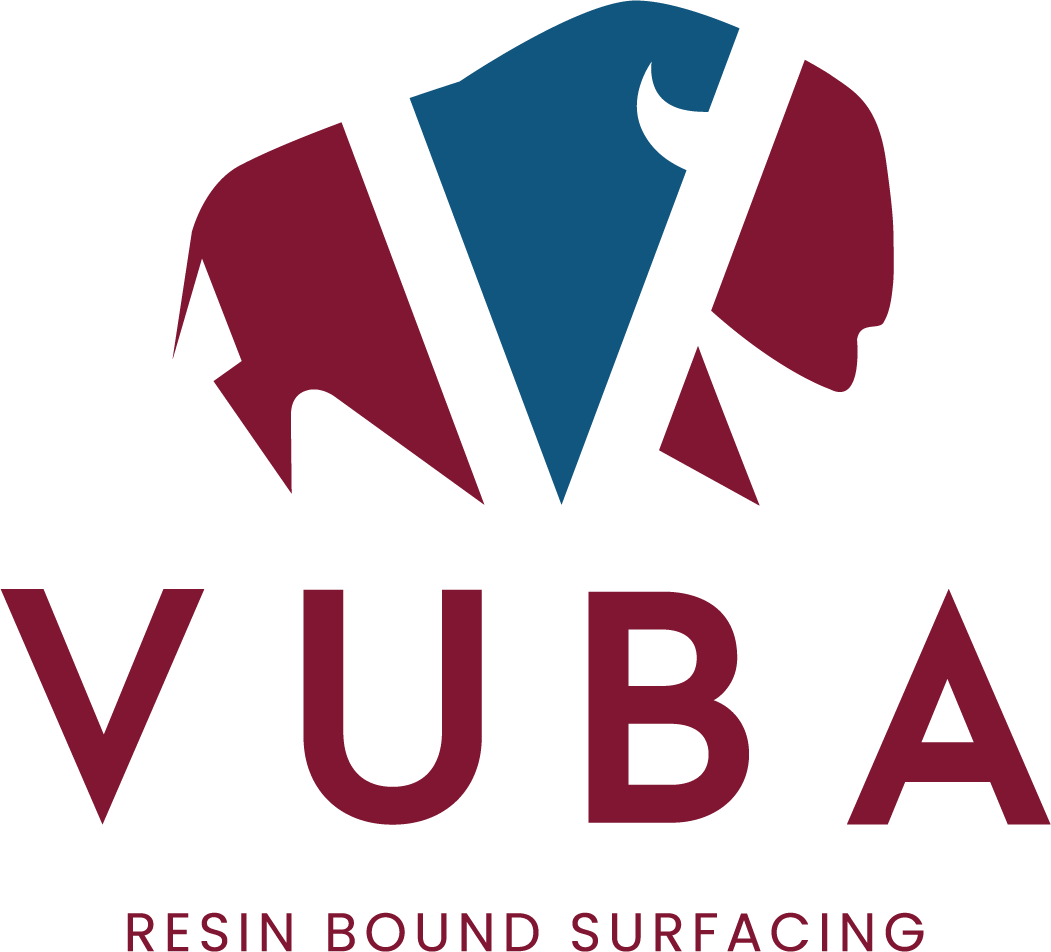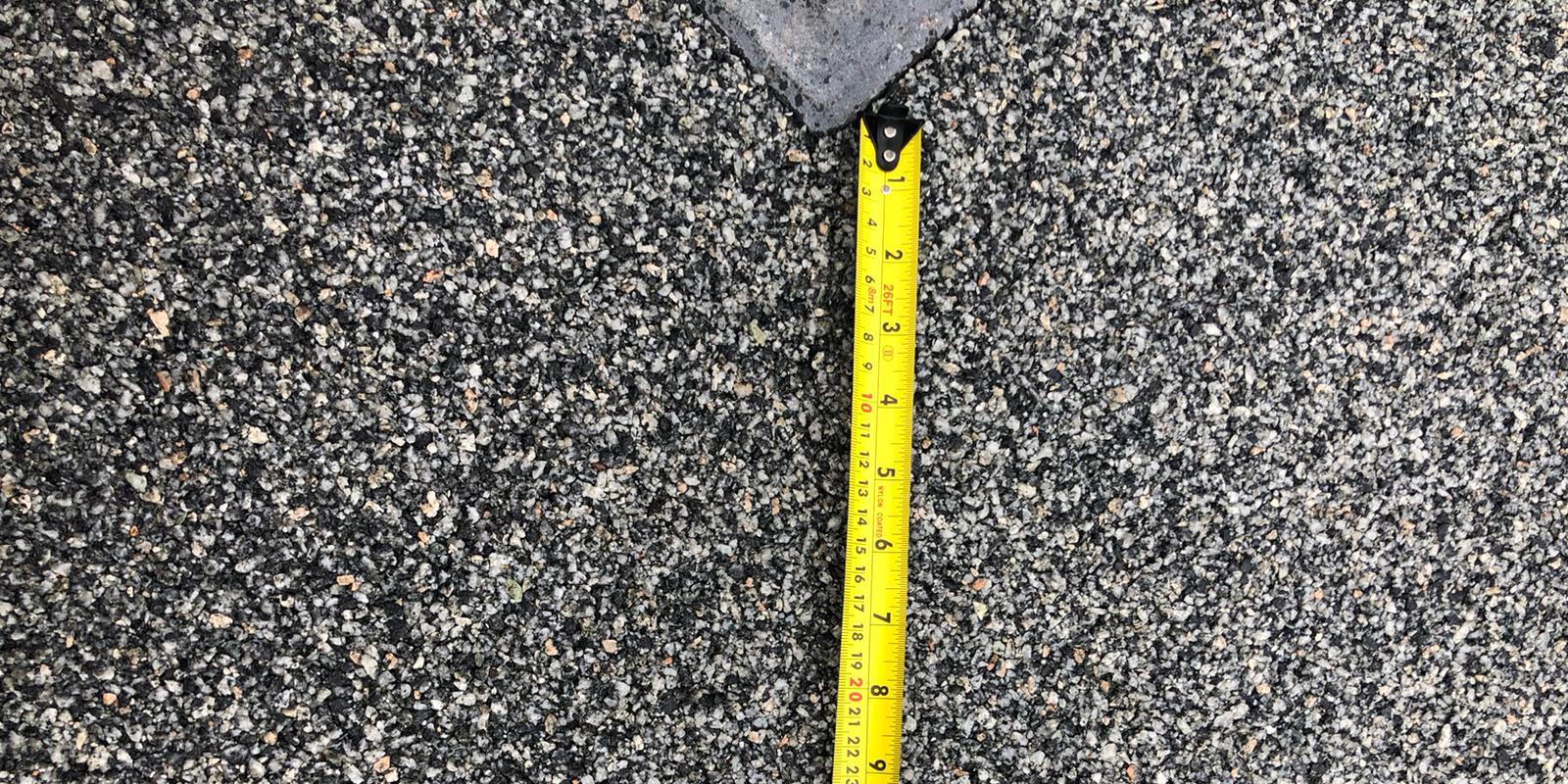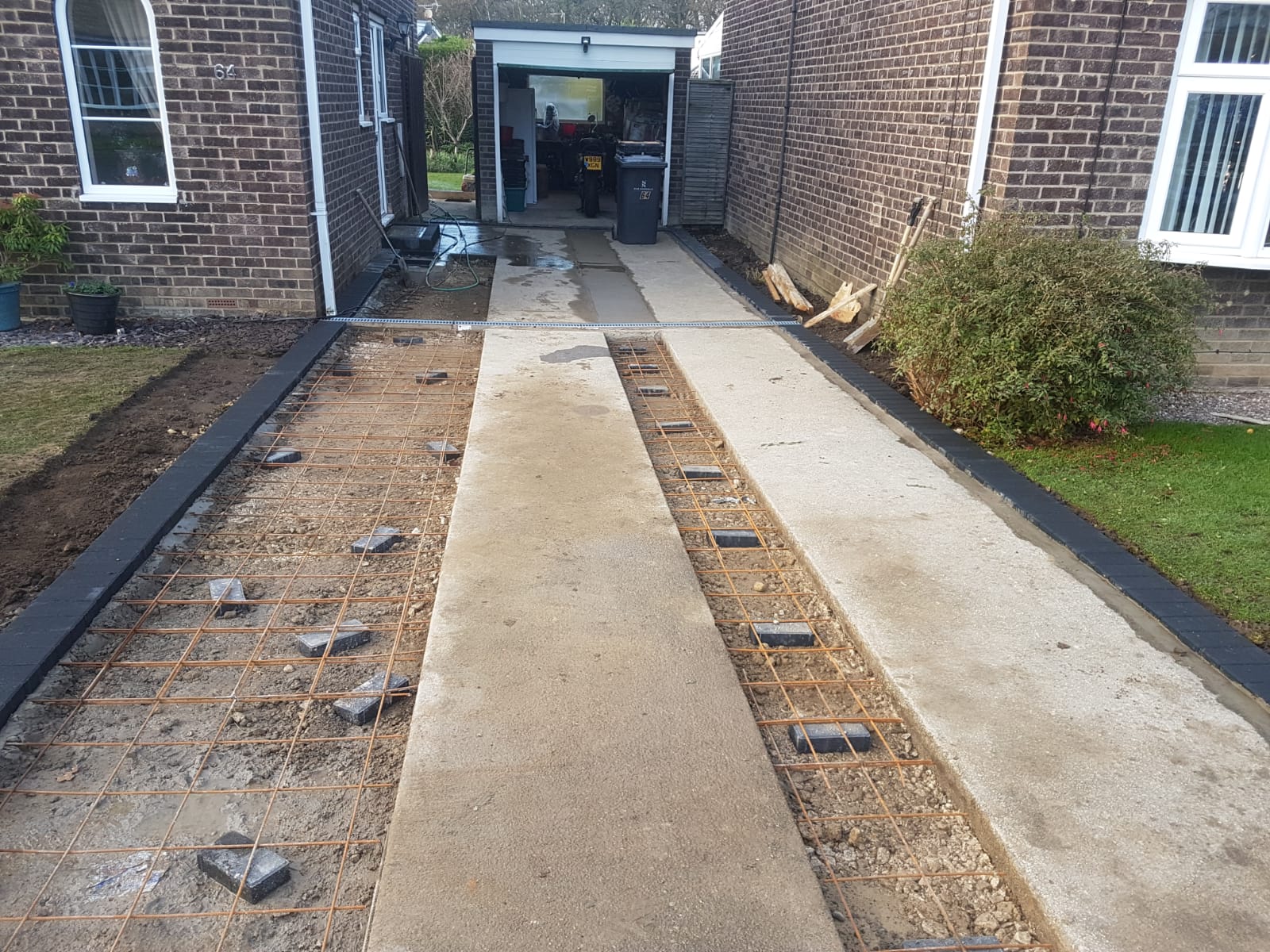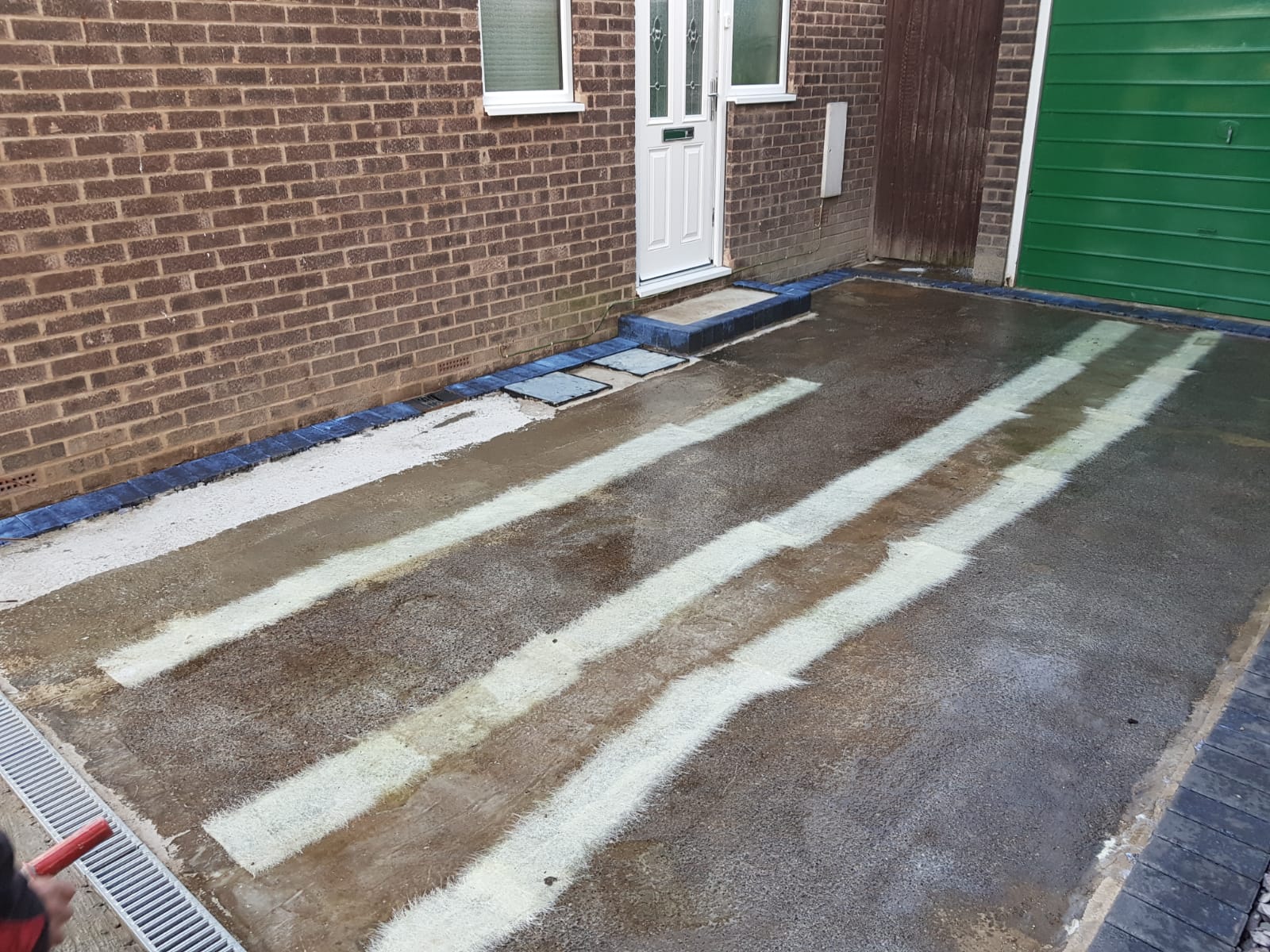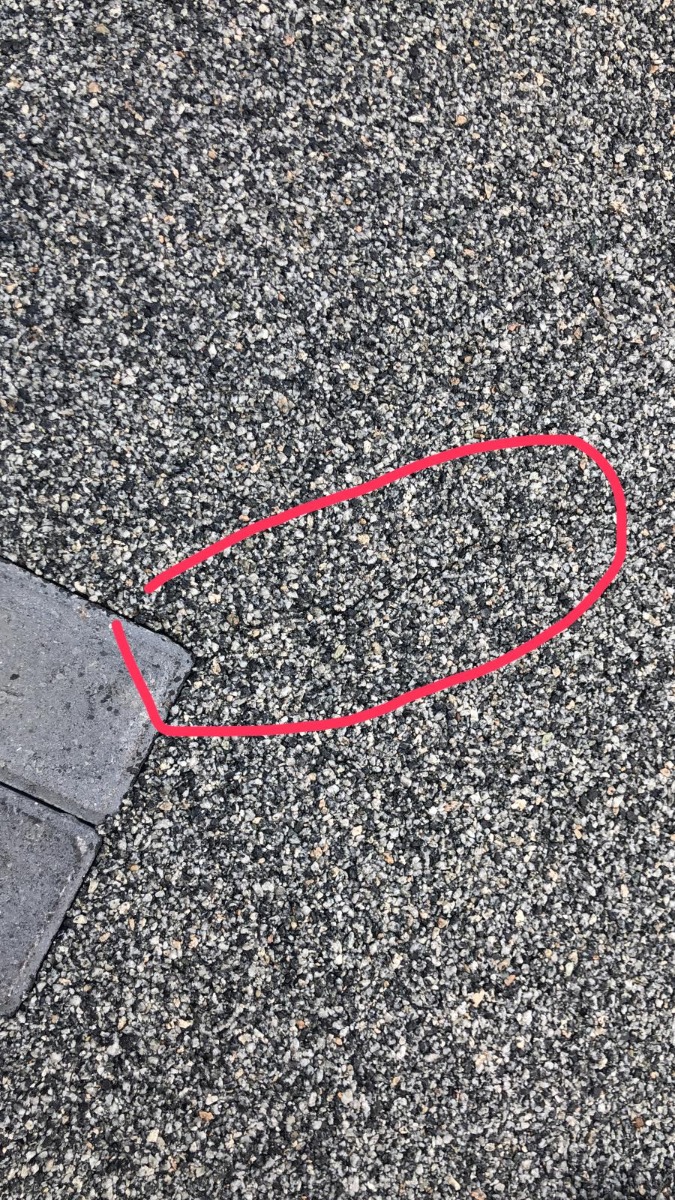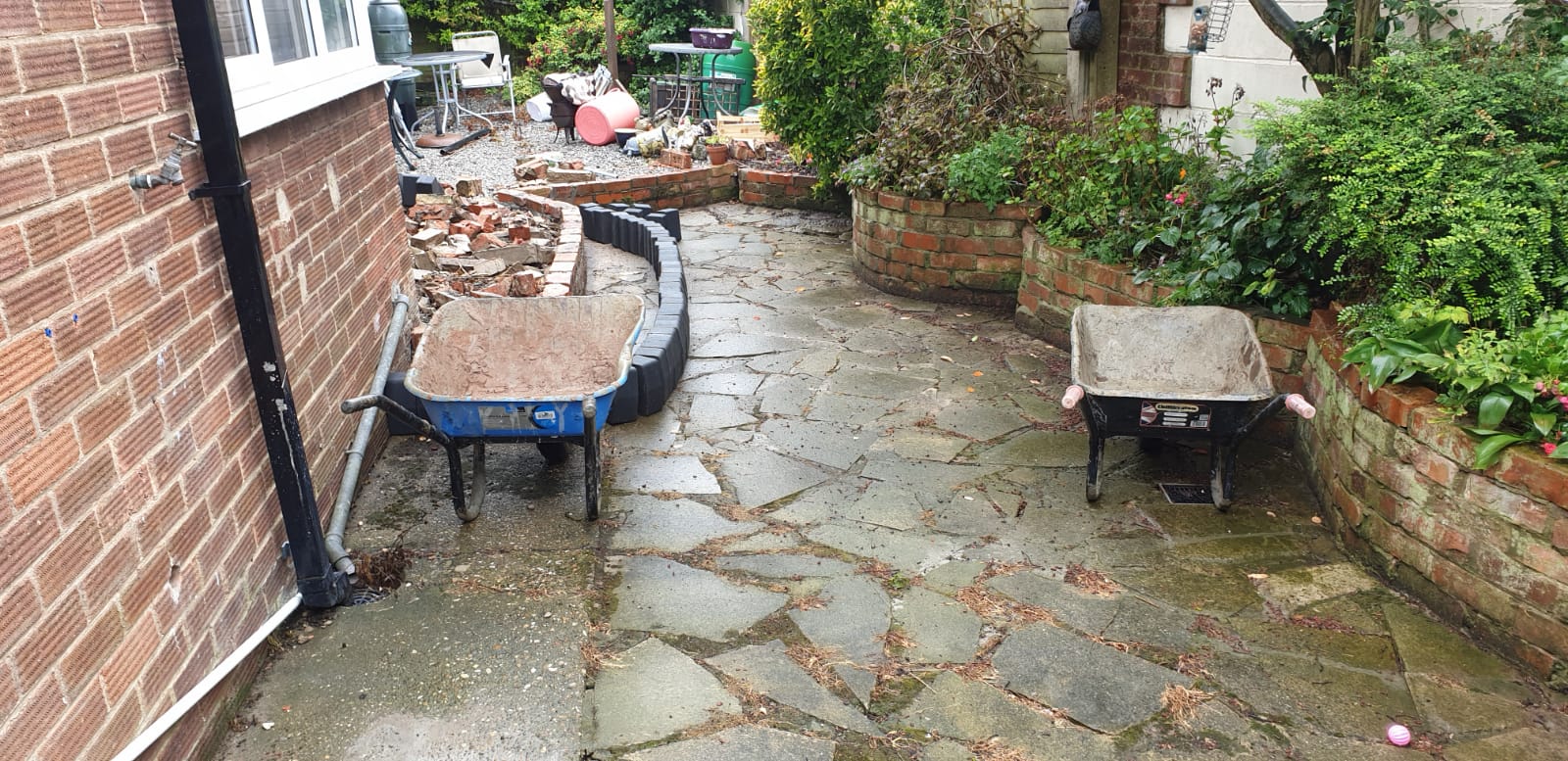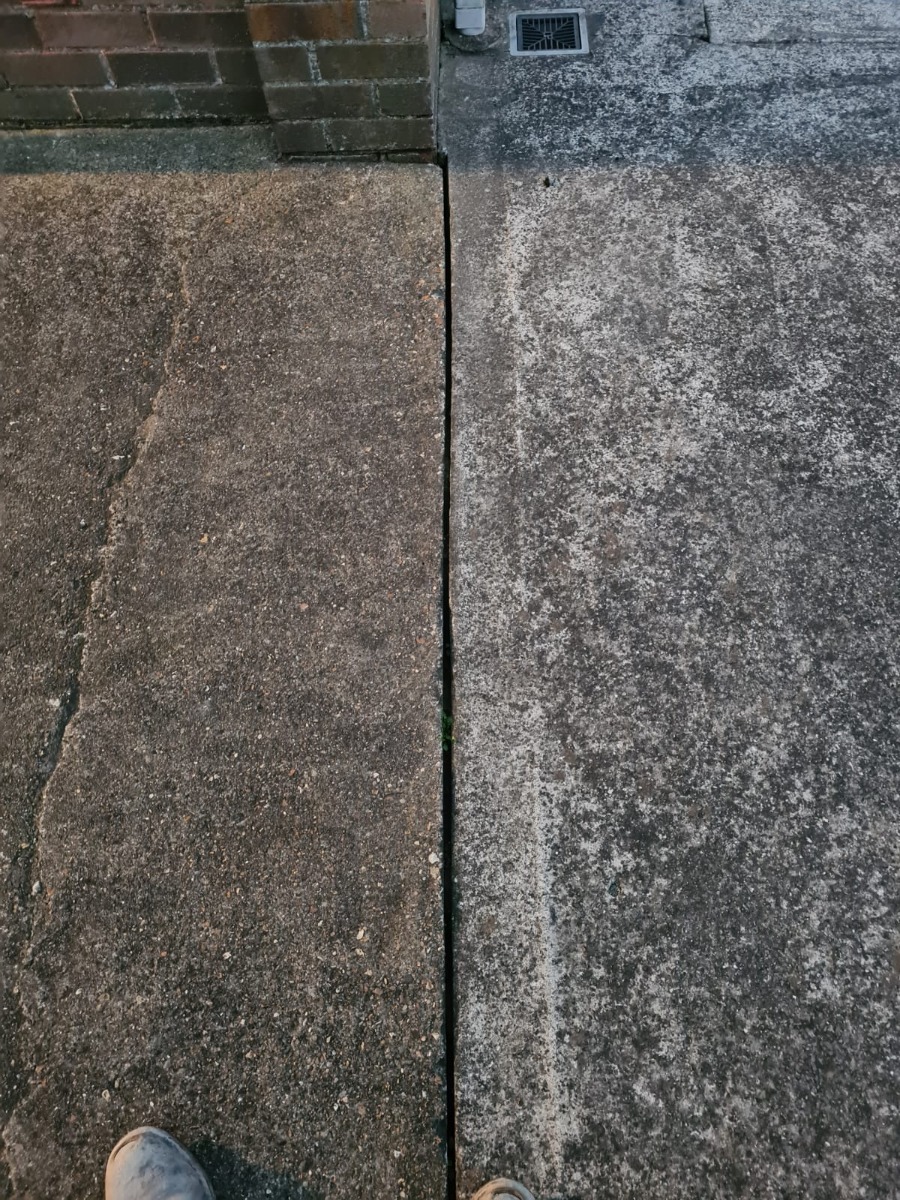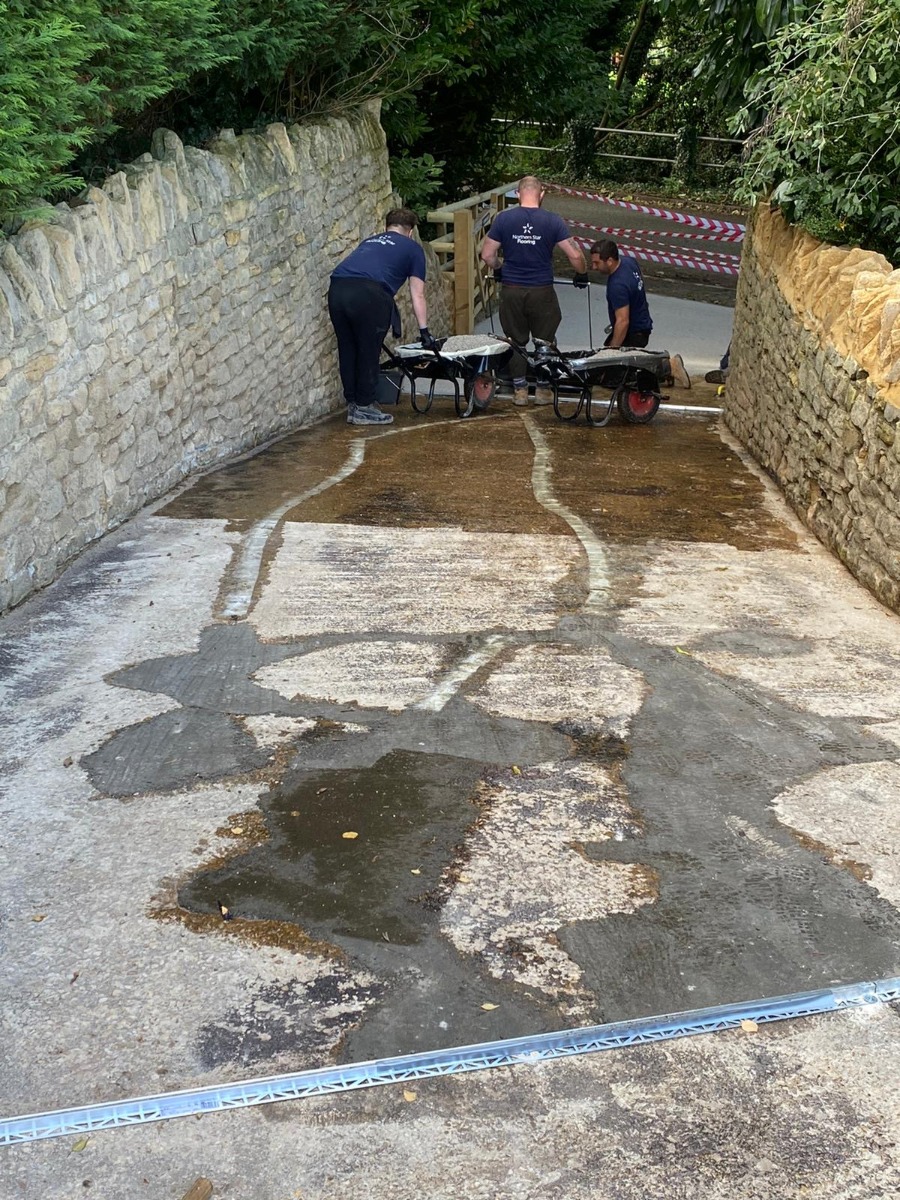5 Reasons Cracks Appear in Resin Bound Surfacing
Welcome to our latest Resin Bound Blog post '5 Reasons Cracks Appear in Resin Bound Surfacing'.
Resin Surfacing is hugely popular, but it still a relatively new introduction to the hard landscaping market. I'm writing this post having spent 14 years working in both industrial resin flooring and resin bound surfacing. Now in my role as the MD of Vuba - one of the UK's largest independent manufacturers of resin products, I have seen numerous examples of cracks appearing in resin surfaces and hopefully this article helps both contractors and end user customers.
Resin bound surfacing is an in situ bonded screed, which means it is bonded to the substrate. And so it's fate is directly connected to that of the substrate. Cracking in resin bound surfacing is often the symptom that you can see, but the not the problem.
Now for the 5 most common reasons that resin bound surfaces crack...
#1 - Reflective Cracking from Different Types of Adjoining Substrates
What is it? Examples would be adjoining a tarmacadam base with a concrete base, or extending a concrete base with a cellular grid base. Differing substrates can also mean their curing profile - where both are concrete, but a new slab is laid next to an existing aged slab. Different substrates will behave differently when curing, reacting to a load being exerted on them and thermal change. These changes create movement, which creates tension and subsequently cracks can appear in the resin bound surface.
How to fix? The fail safe way is to remove all of the existing substrate and replace with a new, open grade tarmacadam surface. If that's not possible, you can distinguish between different substrates using an expansion joint trim (more information below) or segregate areas using a block in the form of an internal border. Lastly, if you do plan to overlay different substrates, you can carry out remedial work to the joint - using an epoxy liquid and/or a jointing mesh (see below).
This surface has been treated with a jointing mesh and sealed with an epoxy resin liquid primer and joint stabiliser, Epiprime (available on the Vuba website).
#2 Cracking from Intrusions Called Re-Entrant Cracking
What is it? Reentrant Cracking is by far the most misunderstood cause of cracking in resin bound surfacing - but is more common than you think. I asked for a little help from The Paving Expert himself, Tony McCormack, about this very problem only recently. His reply is below, and I would recommend visiting his very well informed website www.pavingexpert.com.
'Reentrant cracks are stress cracks and they are often found in bound constructions where an acute or right-angle intrusion occurs. It’s all down to physics.
The presence of an acute angle allows stress forces within the structure to focus and become concentrated on a single point. Stresses will always look for the shortest path to relieve the pressure, and whenever there’s an intrusion such as MH cover or internal corner on an edge course, the stress forces will aim for that and generate a crack to relieve the pressure.
There’s a partial explanation in the highlighted box here…..
https://www.pavingexpert.com/cut_in04#trimming-and-undercutting
…which is the same phenomenon in a different material.'
How to fix? Fine hairline cracks can be repaired using a thickened resin to limit continuation of the crack. However, prevention is the best strategy when it comes to reentrant cracking. And we'd recommend to limit any intrusions that break the shape of a resin bound area.
#3 Application on to Surfaces not Designed to be a Base
Resin bound surfaces must be applied on to a hard surface, such as tarmacadam or cellular grids (available from Vuba). But not all hard surfaces are suitable. Block paving or crazy paving are not designed to be a base to an in situ screed such as resin bound surfacing. The design of these surfaces is that they will camber and move to some degree as part of the nature of the system - but that can and does cause cracks to appear in resin bound surfacing.
Substrates like the below are likely to fail, and for areas subject to vehicle traffic we would say it is absolutely not an option to overlay. Some people make the decision to go ahead in a garden or patio area with limited use, but that is at the discretion (and risk).
#4 Reflective Cracking Caused by Expansion Joints or Existing Cracks
What is it? It is possible to overlay concrete substrates, but beware! You are overlaying a slab that likely has induced joints, or day work joints, which are designed to move to prevent cracking within the concrete bays. When these are overlaid with resin bound surfacing, the movement of the joint can reflect through into the surface as a crack. In addition, if a concrete slab has not been designed correctly, cracks can appear at points of tension throughout the slab and they could reflect through into the resin bound surface.
How to fix? Again, removal and replacement using a tarmacadam substrate or a cellular grid base would be our recommendation. But there is remedial action you can take if that is not an option. A recent project was undertaken by one of our customers whereby they applied two methods of preventing future cracks appearing in their resin bound surface. The first method they employed is to repair existing cracks using a high strength epoxy mortar Epicrete (available from Vuba), and then sealed the joint using an epoxy primer and sealer (Epiprime) with the application of a fibre reinforcement mesh across the crack / joint - see below.
For joints believed to be too large to repair, or if they are of a structural nature and so their movement is needed as part of the structure of the base, an expansion joint can be installed. You can see below an example of an expansion joint which is set in place over the location of the joint, and the resin bound surface is applied up to.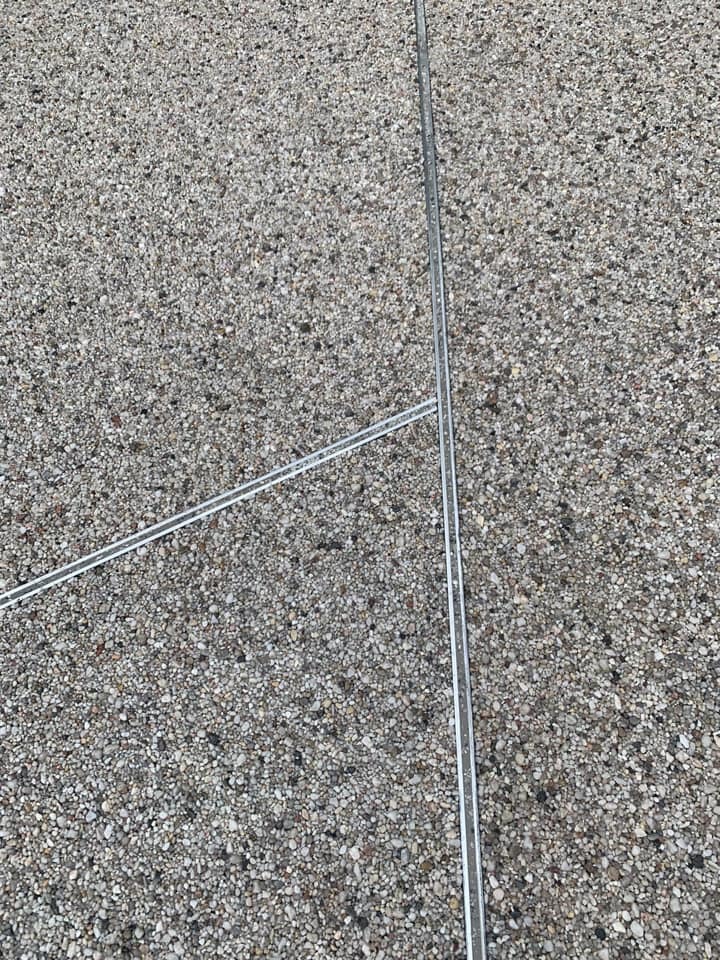
These are available to purchase from Alfer Pro - they can match the colour of the expansion joint to your resin bound surface.
#5 - Failure or Subsidence of a Sub-Base and / or Base
The sub-base is the base beneath the base, and is usually MOT Type 1 or 3. The base is the structure that the resin bound surface is laid on top of. Failure in either of these can result in subsidence, which will in turn create cracks and failure in the resin bound surface.
It is best practise to remove the base and sub-base of an existing project and start afresh, but failing that, care should be taken to ensure the base is solid prior to application of resin bound surfacing.
I hope this helps you understand how and why cracks appear in resin bound surfacing, and how to prevent them in the future! If you would like products to help you repair your driveway, contact our helpful sales team on 01482 778897.
Thanks,
Sean
Managing Director
Products:
Epiprime (Epoxy Resin Primer)
Epicrete (Epoxy Repair Mortar)
Valtex Sealer (Resin Bound Sealer)



